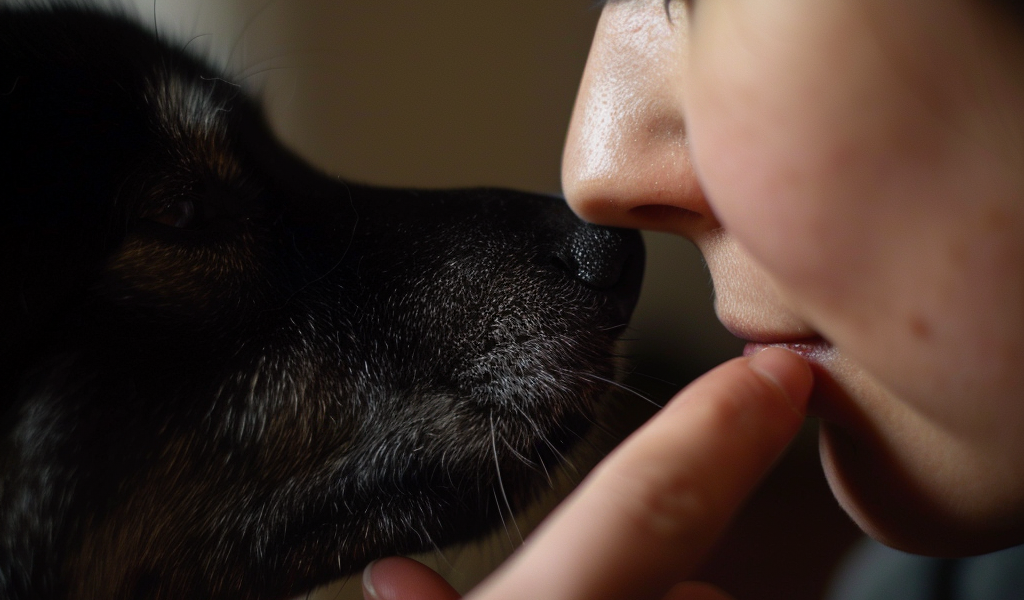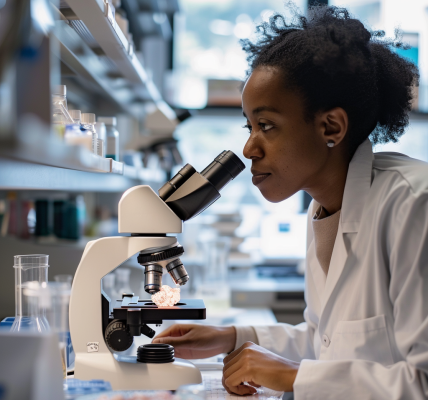A new study has raised an alarm for pet owners with a stark revelation about how human beings are transferring viruses into animals rather than the other way around. The research, conducted by a team of researchers from University College London (UCL), analyzed open-source data of 12 million genomes to study the transfer of microorganisms from one host to another. The findings shed light on the potential risks associated with the transmission of viruses from humans to animals, a phenomenon that has received less attention compared to the more commonly known zoonotic viruses that jump from animals to humans.
Zoonotic viruses, which can cause outbreaks and pandemics such as Ebola or COVID-19, have been the focus of significant attention in recent years. However, the study emphasizes the need to consider humans as just one node in a vast network of hosts endlessly exchanging pathogens, rather than solely as recipients of zoonotic bugs. Co-author Professor Francois Balloux, UCL Genetics Institute, underscored the importance of understanding the broader implications of human-to-animal virus transmission.
The research, published in Nature Ecology and Evolution, also highlighted the evolution of these viruses, suggesting that the broader the hosts are, the more diverse the effects on other species would be. The implications of animals catching viruses from humans extend beyond the immediate harm to the animals and potential conservation threats to the species. It may also lead to new problems for humans, impacting food security if large numbers of livestock need to be culled to prevent an epidemic, as noted by lead author Cedric Tan.
Furthermore, the study delved into the potential for viruses that jump from humans to return to them by evolving with strength from other animals. This process of jumping could provide valuable insights for understanding the emergence of new diseases in both humans and animals. The findings underscore the intricate interconnectedness of the transmission of viruses between humans and animals, highlighting the need for a more comprehensive approach to addressing the risks associated with such transmission.





